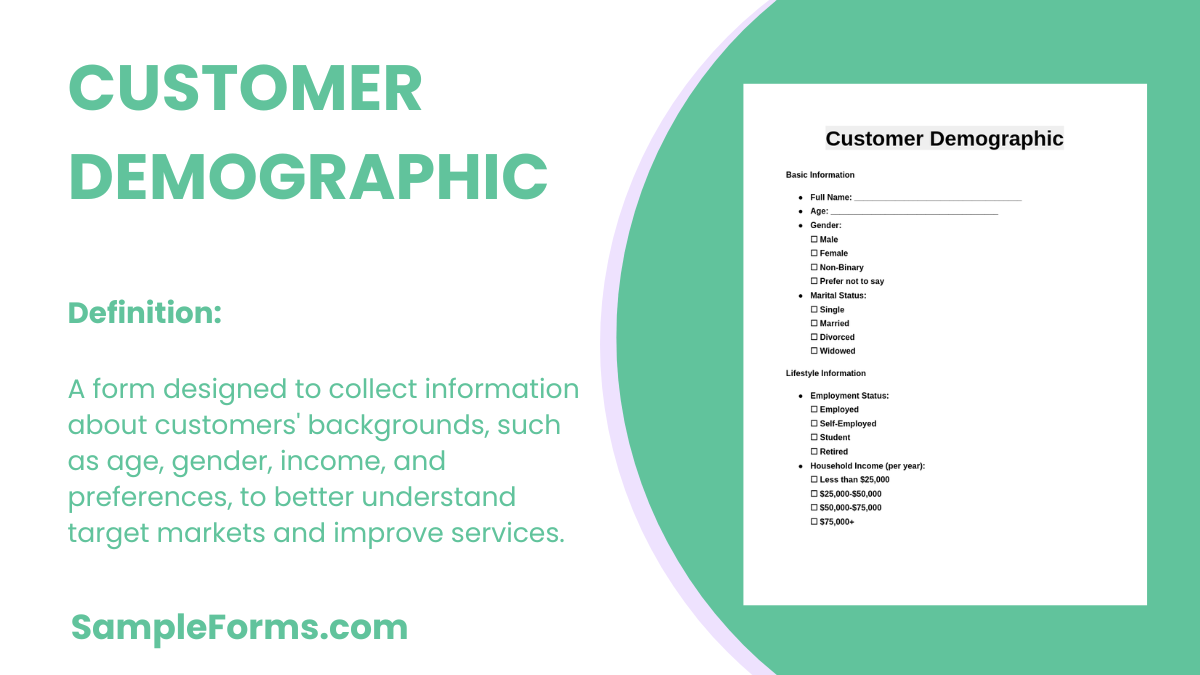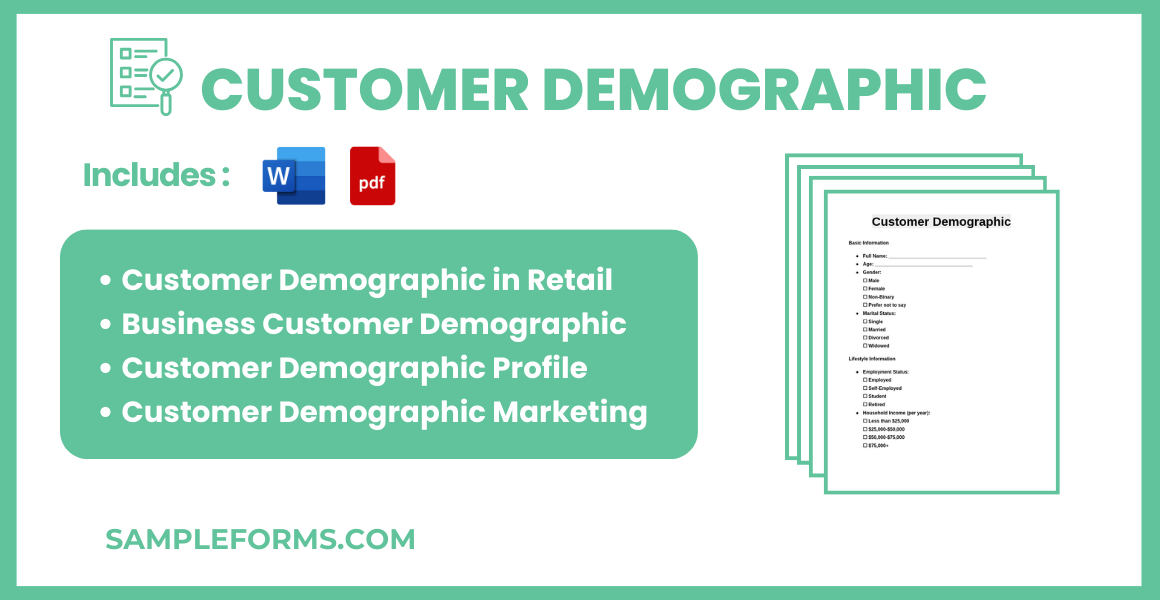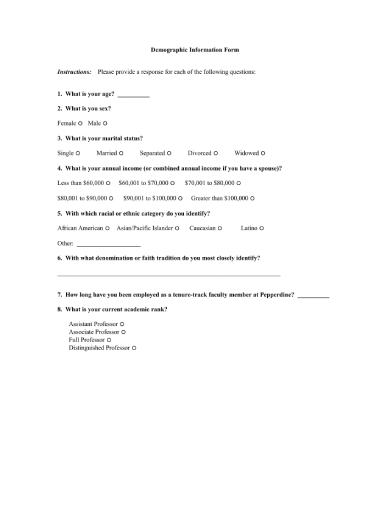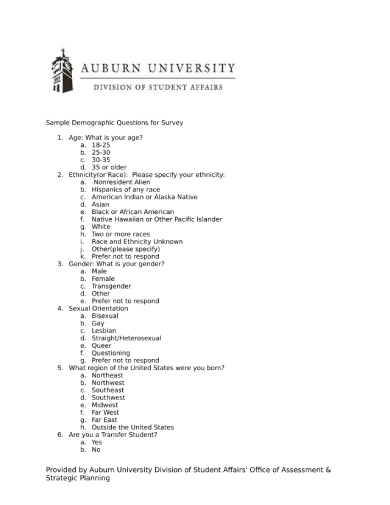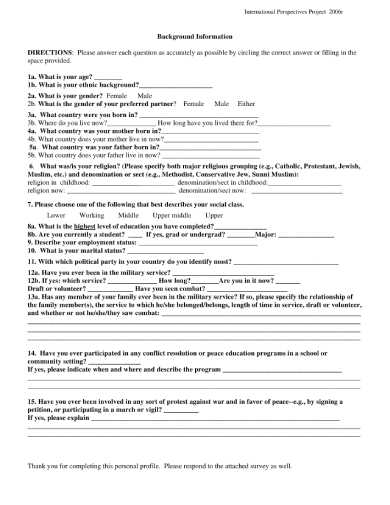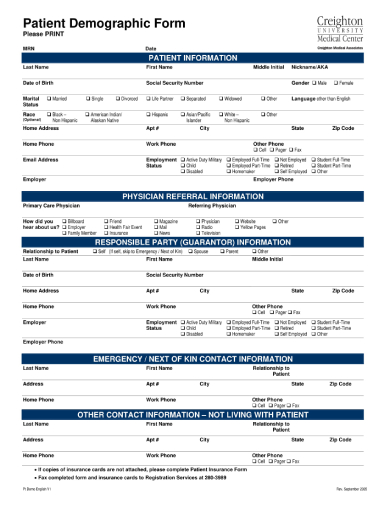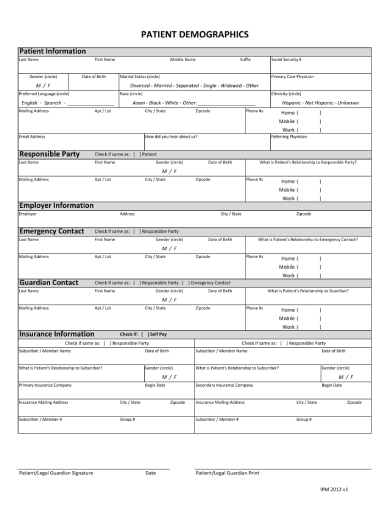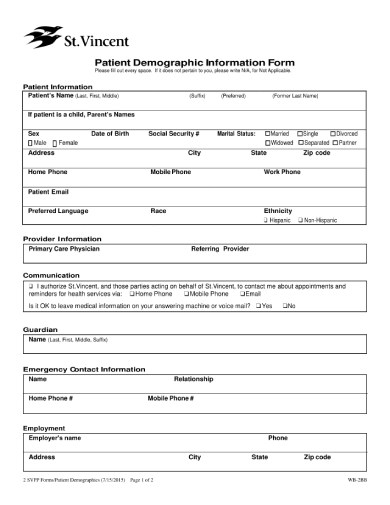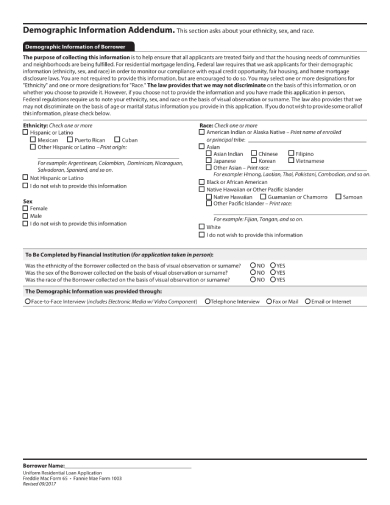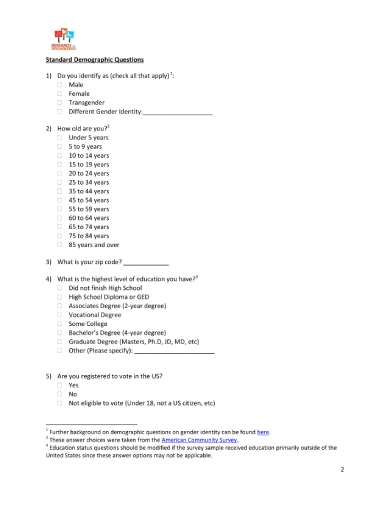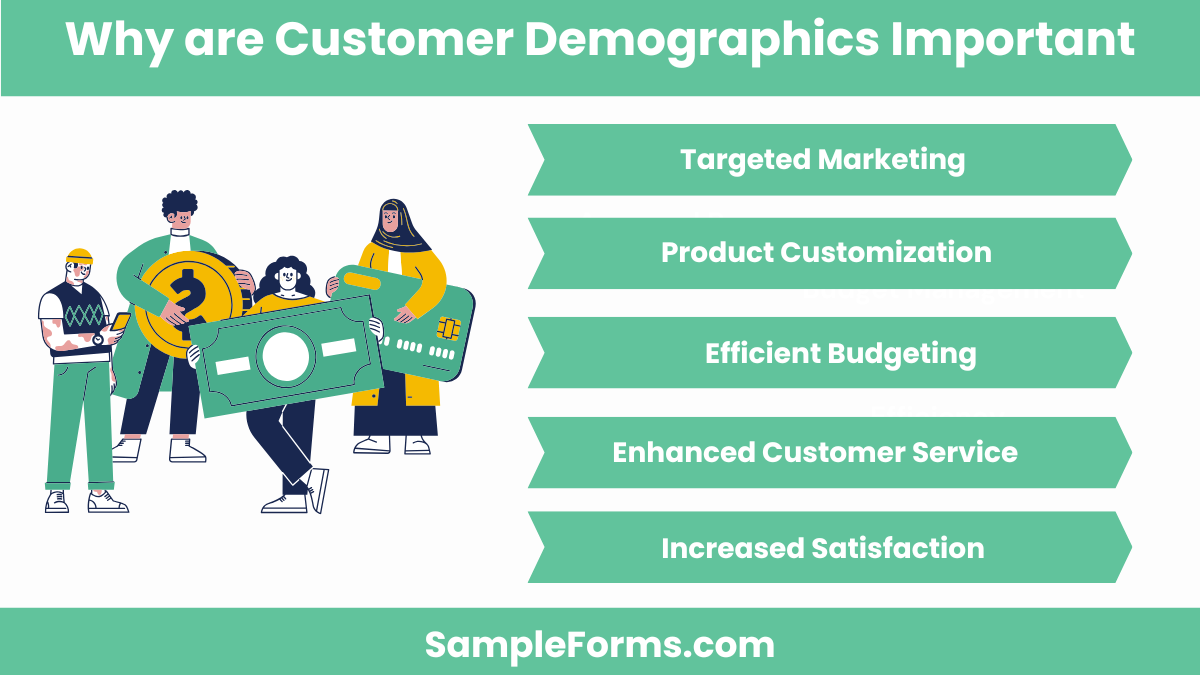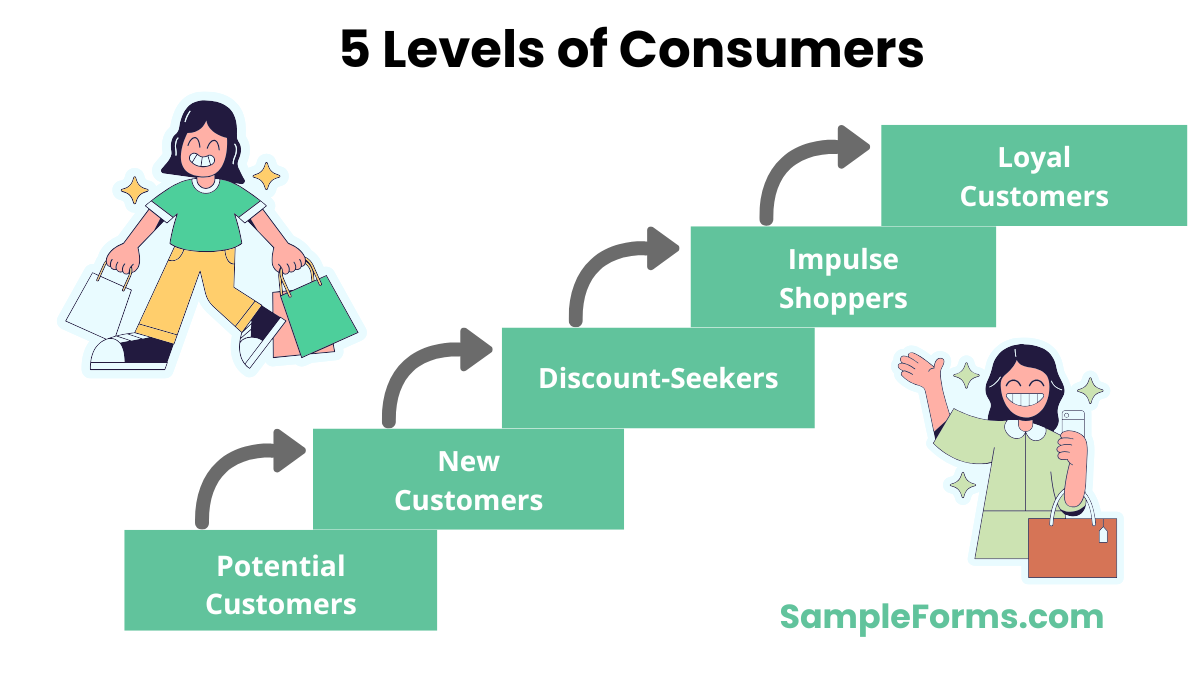Understanding Customer Demographic information is essential for businesses to tailor marketing efforts and meet customer needs effectively. This guide dives into creating and using a Demographic Questionnaire and Customer Service Form to gather valuable insights into your audience’s age, income, preferences, and more. With real-life examples and easy-to-follow steps, you’ll learn to analyze demographic data, enabling you to create personalized marketing strategies that resonate. Whether you’re new to demographic analysis or looking to refine your approach, this comprehensive guide provides everything you need to understand your audience deeply and drive impactful results.
What is Customer Demographic?
A Customer Demographic refers to data that defines specific characteristics of a target audience, such as age, income, location, gender, and preferences. This information is essential for understanding who your customers are and helps businesses create personalized marketing strategies. By analyzing these characteristics, businesses can determine which products or services appeal most to their audience and craft messaging that resonates. This data is usually collected through surveys, questionnaires, and market research to provide a clear picture of the ideal customer profile.
Download Customer Demographic Bundle
Customer Demographic Format
Customer Demographic Form
- Full Name:
[Enter customer name] - Contact Information:
Phone Number: [Enter phone number]
Email Address: [Enter email address] - Age Group:
[Select: Under 18, 18-24, 25-34, 35-44, 45-54, 55+] - Gender:
[Select: Male, Female, Non-Binary, Prefer not to say] - Residential Area:
[Enter city and state] - Income Range:
[Select: Less than $25,000, $25,000-$50,000, $50,000-$75,000, $75,000-$100,000, Above $100,000] - Marital Status:
[Select: Single, Married, Divorced, Widowed] - Educational Level:
[Select: High School, Bachelor’s Degree, Master’s Degree, PhD, Other] - Primary Mode of Purchase:
[Select: Online, In-store, Both] - Interests/Preferences:
[Specify interests, e.g., Electronics, Clothing, Travel] - Consent for Marketing Communication:
[Select: Yes, No] - Signature of Customer:
[Sign and date]
Customer Demographic in Retail
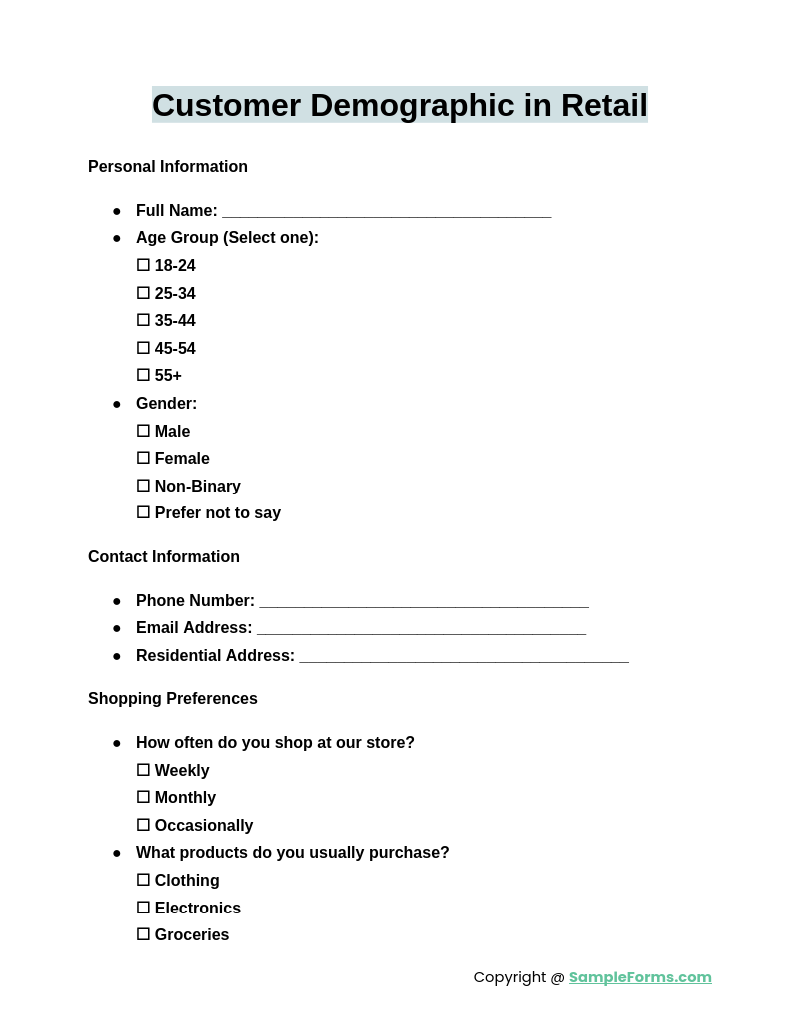
Understanding Customer Demographic in Retail helps businesses identify shopper characteristics like age, income, and preferences. Analyzing these insights drives targeted marketing, creating personalized shopping experiences using tools like a Customer Feedback Form for insights.
Business Customer Demographic
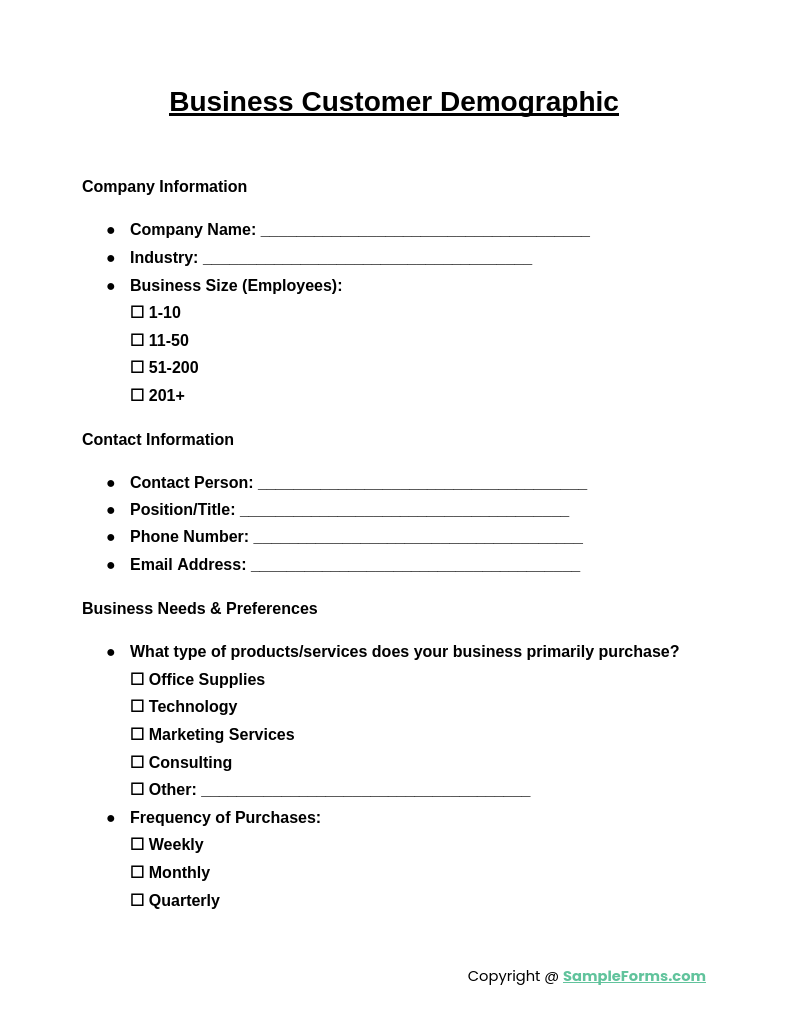
Business Customer Demographic focuses on understanding business clients’ needs, industry type, and purchasing power. By segmenting based on these characteristics, companies can craft effective B2B strategies, while tools like a Customer Complaint Form enhance service standards.
Customer Demographic Profile
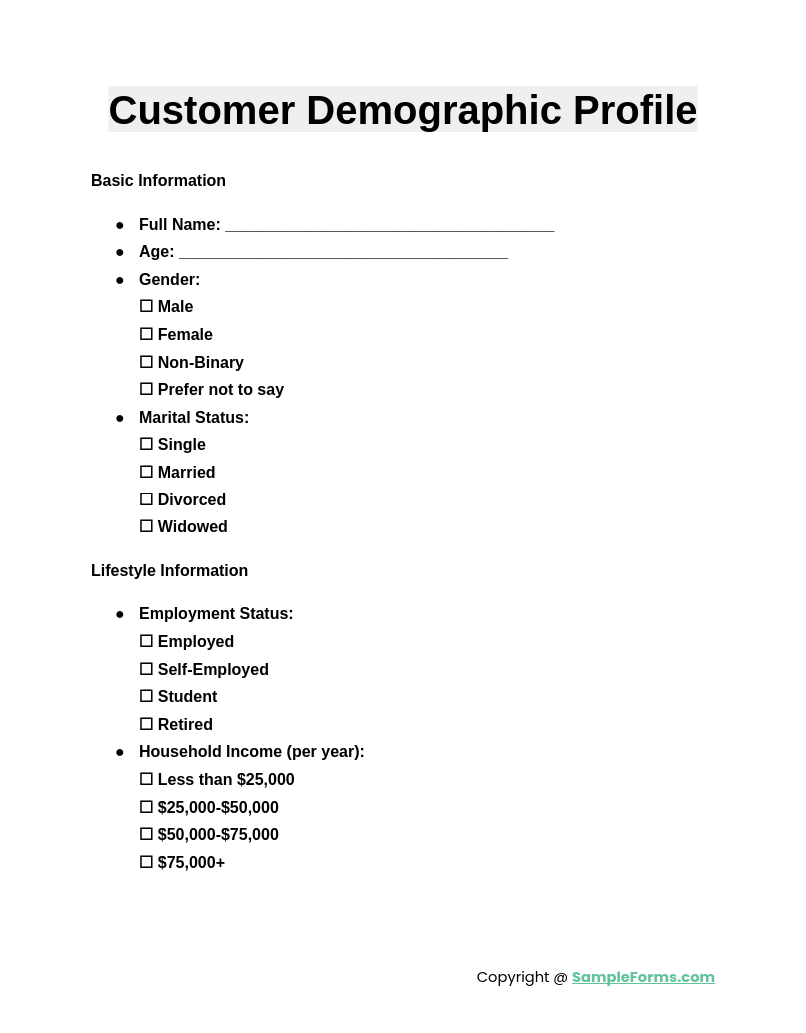
A Customer Demographic Profile outlines the specific traits of target customers, such as lifestyle, education, and buying behaviors. Using a Customer Satisfaction Survey Form helps businesses refine these profiles, enabling more personalized marketing and product development.
Customer Demographic Marketing
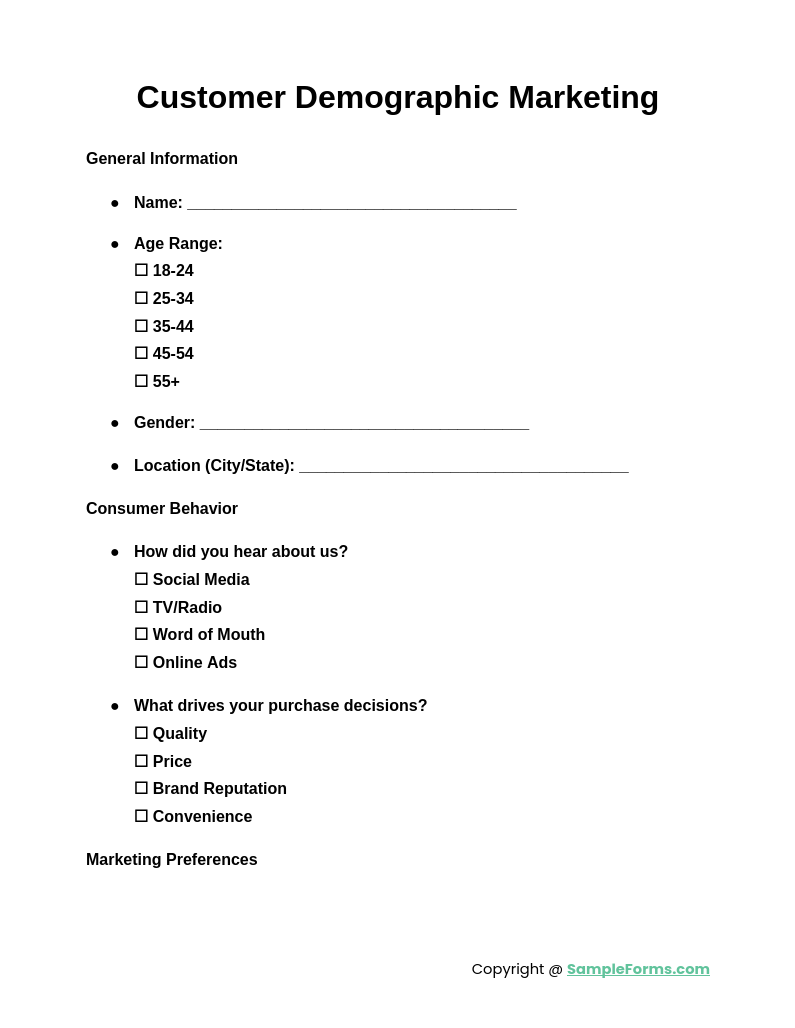
Customer Demographic Marketing tailors campaigns to reach specific audience segments, maximizing engagement and ROI. Businesses use demographic insights to optimize advertising strategies, and a Customer Registration Form supports data collection for targeted promotions.
Browse More Customer Demographic Samples
1. Sample Customer Demographic Information
2. Demographic Questions for Survey
3. Customer Background Information
4. Patient Demographic Form
5. Client Demographic Survey Form
6. Sample Patient Demographic Survey
7. Demograpgic Information Survey
8. Sample Demographic Questionnaire
What are the 5 key demographics?
The five key demographics—age, gender, income, education, and location—help businesses understand customer traits, shaping effective marketing strategies.
- Age: Determines preferences, spending habits, and targeted communication styles.
- Gender: Influences product preferences and marketing messages.
- Income: Identifies spending power and ideal product pricing.
- Education: Reflects interests and familiarity with products.
- Location: Guides geographical targeting, similar to filling a Customer Information Form.
Why are customer demographics important?
Customer demographics drive personalized marketing and product development, enhancing customer satisfaction and business efficiency.
- Targeted Marketing: Creates ads based on specific customer characteristics.
- Product Customization: Develops products that meet customers’ unique needs.
- Efficient Budgeting: Focuses resources on the highest-potential audience.
- Enhanced Customer Service: Allows tailored service evaluations, similar to using a Customer Service Evaluation Form.
- Increased Satisfaction: Improves engagement by meeting demographic-specific preferences.
What are the four types of demographic?
Demographic segmentation includes geographic, psychographic, behavioral, and socioeconomic categories, each providing unique insights for marketing.
- Geographic: Considers customer location for relevant marketing.
- Psychographic: Focuses on lifestyles, values, and interests.
- Behavioral: Analyzes purchasing patterns and brand loyalty.
- Socioeconomic: Examines income, education, and occupation. Can be incorporated into a Customer Request Form for targeted follow-ups.
How to analyze customer demographics?
Analyzing demographics involves collecting, segmenting, and interpreting data to tailor marketing efforts and improve customer satisfaction.
- Data Collection: Use surveys, forms, and feedback.
- Segmentation: Group customers based on demographic categories.
- Behavior Analysis: Examine shopping and engagement habits.
- Data Interpretation: Identify trends and preferences.
- Adjust Marketing Strategy: Tailor ads and products, similar to insights from a Customer Satisfaction Form.
What are the 5 levels of consumers?
The five levels of consumers range from loyal to brand-new customers, shaping targeted retention strategies.
- Loyal Customers: Repeat buyers with brand commitment.
- Impulse Shoppers: Buy sporadically based on promotions.
- Discount-Seekers: Purchase mainly during sales.
- New Customers: Recently converted and learning about the brand.
- Potential Customers: Prospects interested in trying the brand, similar to those completing a Customer Service Survey Form.
What is ideal customer demographic?
An ideal customer demographic includes traits like age, income, location, and preferences, helping businesses target potential buyers effectively, similar to gathering insights from a Retail Customer Feedback form.
What are the main consumer demographics?
Main consumer demographics include age, gender, income, location, and education level. These factors guide targeted marketing efforts, much like using a New Customer Registration Form for specific insights.
What are patient demographics?
Patient demographics include age, gender, location, and medical history, used in healthcare to customize treatment plans, similar to the purpose of a Customer Service Request Form in customer care.
What are some basic demographics?
Basic demographics are age, gender, income, and occupation, forming the foundation of customer profiling and enabling targeted strategies, akin to creating a Customer Evaluation Form.
Where can I find consumer demographics?
Consumer demographics can be found through surveys, market research reports, and public census data, similar to collecting data through a Customer Questionnaire Form.
What is the customer demographic model?
A customer demographic model organizes customer characteristics like age, lifestyle, and spending habits, helping businesses craft targeted campaigns, as done with insights from a Customer Survey Form.
What are 3 categories of demographics?
The three categories of demographics are geographic, psychographic, and behavioral. These help in precise audience targeting, similar to the detailed feedback in a Customer Guest Feedback Form.
Which of the following is not a consumer demographic?
“Favorite color” is typically not a consumer demographic. It lacks relevance compared to age or income, similar to Insurance Customer Feedback which focus on needs over preferences.
What are the main customer segments?
Main customer segments include loyal customers, potential buyers, and discount seekers. These categories help businesses target effectively, much like understanding Restaurant Customer Dissatisfaction Reason.
What are the different demographics age groups?
Demographic age groups often include children, teens, adults, and seniors. Segmenting by age aids targeted marketing, similar to refining a Customer Satisfaction Survey for specific age groups.
The Customer Demographic guide empowers businesses to understand their audience better by providing structured methods for data collection and analysis. By using demographic forms and customer questionnaires effectively, businesses can gather insights that lead to more targeted marketing and improved customer engagement. Whether you’re creating a customer profile or fine-tuning a marketing strategy, this guide offers tools and examples to help you maximize the value of your customer data and enhance customer relationships. Understanding demographics can transform your business approach and foster stronger customer connections.
Related Posts
-
Site Survey Form
-
FREE 6+ Family Survey Forms in PDF
-
FREE 2+ Cancellation Survey Forms in PDF
-
FREE 2+ Tech Support Satisfaction Survey Forms in PDF
-
Employee Engagement Survey Form
-
FREE 2+ Employee Benefits Survey Forms in PDF | MS Word
-
FREE 2+ Software Survey Forms in PDF
-
FREE 2+ Market Research Survey Forms in PDF
